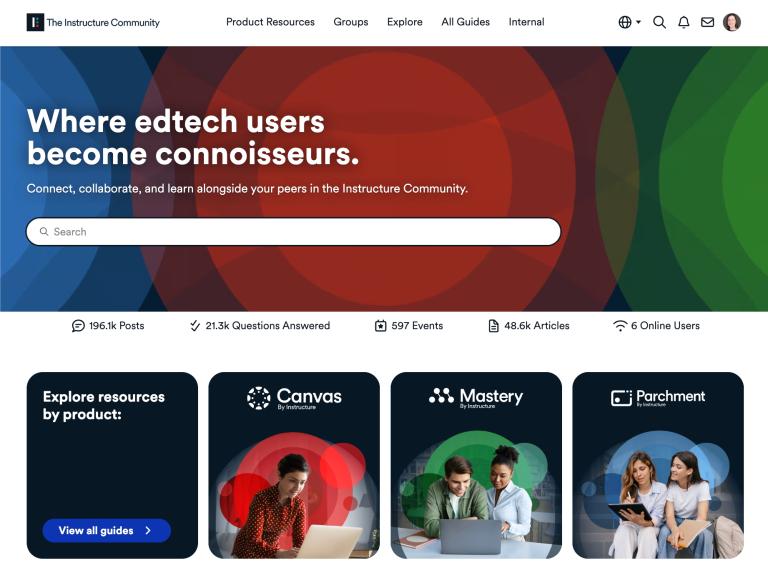Many organizations measure the success of their training programs by completion rates or compliance checkboxes. But does finishing a course mean employees actually learned something useful? Not always. Training that lacks engagement often leads to forgettable lessons and wasted time.
Real learning happens when employees actively participate—when they discuss ideas, apply concepts, and solve problems in meaningful ways. Without engagement, training becomes just another task to check off a list—one that’s quickly forgotten. Real learning happens when employees discuss ideas, apply concepts, and solve problems in meaningful ways.
The Link Between Engagement and Learning Outcomes
Engagement isn’t just about making training enjoyable. It directly impacts knowledge retention, skill application, and performance. Active learners are more likely to complete courses, remember key concepts, and apply their skills in real-world scenarios. When employees are engaged, they:
- Retain more information because they’re actively involved in the learning process.
- Apply knowledge more effectively, improving job performance.
- Feel motivated to complete courses and pursue continuous learning.
In contrast, passive learning—where employees consume information without interaction—leads to lower retention, decreased motivation, and minimal real-world application. The key to effective training isn’t just delivering content; it’s creating an environment where learners collaborate, interact, and grow.
Many traditional training programs rely on passive methods—text-heavy modules, recorded lectures, and multiple-choice quizzes. While these methods deliver information, they don’t ensure employees retain or apply what they’ve learned. Active learning, by contrast, requires participation, engagement, and interaction. Effective training should include:
- Role-playing exercises that simulate real-world challenges.
- Live discussions and peer collaboration that encourage critical thinking.
- Hands-on projects that develop problem-solving skills.
Canvas supports this shift by integrating tools that make learning interactive and applicable. With the right tools, training transforms from a requirement into an opportunity for growth.
How Canvas LMS Turns Training into an Interactive Experience
Canvas is designed to transform learning from passive consumption into an immersive experience. With innovative features, Canvas ensures employees stay actively involved in their training:
- Interactive Content: Scenario-based learning, videos, and real-time quizzes keep learners engaged.
- Collaboration Tools: Discussion boards, peer feedback, and group projects foster a sense of community.
- Gamification & Recognition: Digital badges, certificates, and leaderboards boost motivation.
- Real-Time Analytics: Employers can track engagement, identify gaps, and refine training programs.
- Personalized Learning Paths: Content tailored to roles, skills, and career goals makes learning relevant and impactful.
By integrating these elements, Canvas turns training into a dynamic, results-driven experience that empowers learners at every level.
Real-World Impact: How Businesses Use Canvas to Drive Engagement
Organizations across industries are using Canvas to enhance employee training. Many businesses have observed the following:
- Higher Course Completion Rates: Interactive elements help keep employees engaged and motivated.
- Stronger Knowledge Retention: Active participation and interaction can support better information retention.
- Improved Performance & Productivity: Engaged learners are more likely to apply their skills effectively, contributing to positive business outcomes.
“One of the biggest things that Canvas offers is being able to invest in employees beyond just compliance, coursework, and what you have to know to do your job.”
- Kim Lumpkin, eLearning Development Designer | Ent Credit Union
By making learning engaging, interactive, and rewarding, Canvas helps businesses build a more skilled, adaptable workforce.
Engaged Learners, Stronger Businesses
When employees are actively engaged in training, they don’t just complete courses—they develop skills, retain knowledge, and contribute meaningfully to their organizations. An LMS should do more than deliver content; it should create an environment that fosters continuous learning, professional growth, and long-term success. Canvas LMS makes this possible by turning training into an interactive, rewarding experience that benefits both employees and businesses.
Ready to elevate your learning programs? Learn more about how Canvas LMS can help your organization create a more engaging and effective training experience here.
Related Content
 inst-3step.jpg
inst-3step.jpgBlogs
 13lmsfeaturesthatbenefitstudentlearning.jpg
13lmsfeaturesthatbenefitstudentlearning.jpgBlogs
 community-homepage.jpg
community-homepage.jpgBlogs

